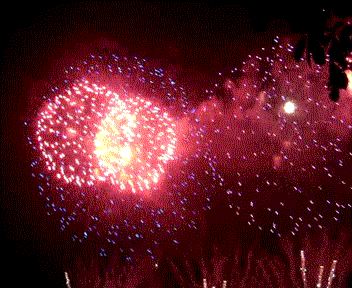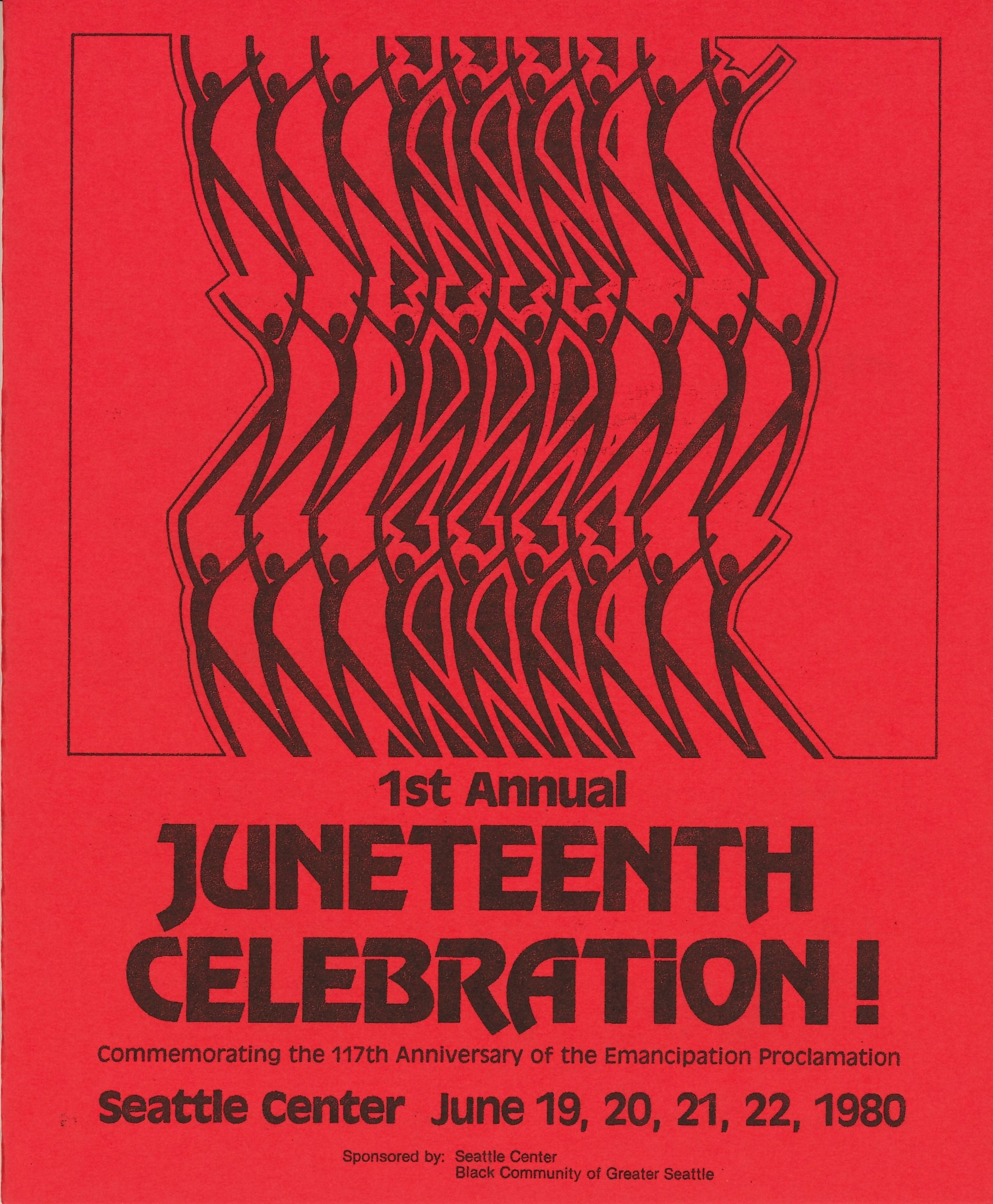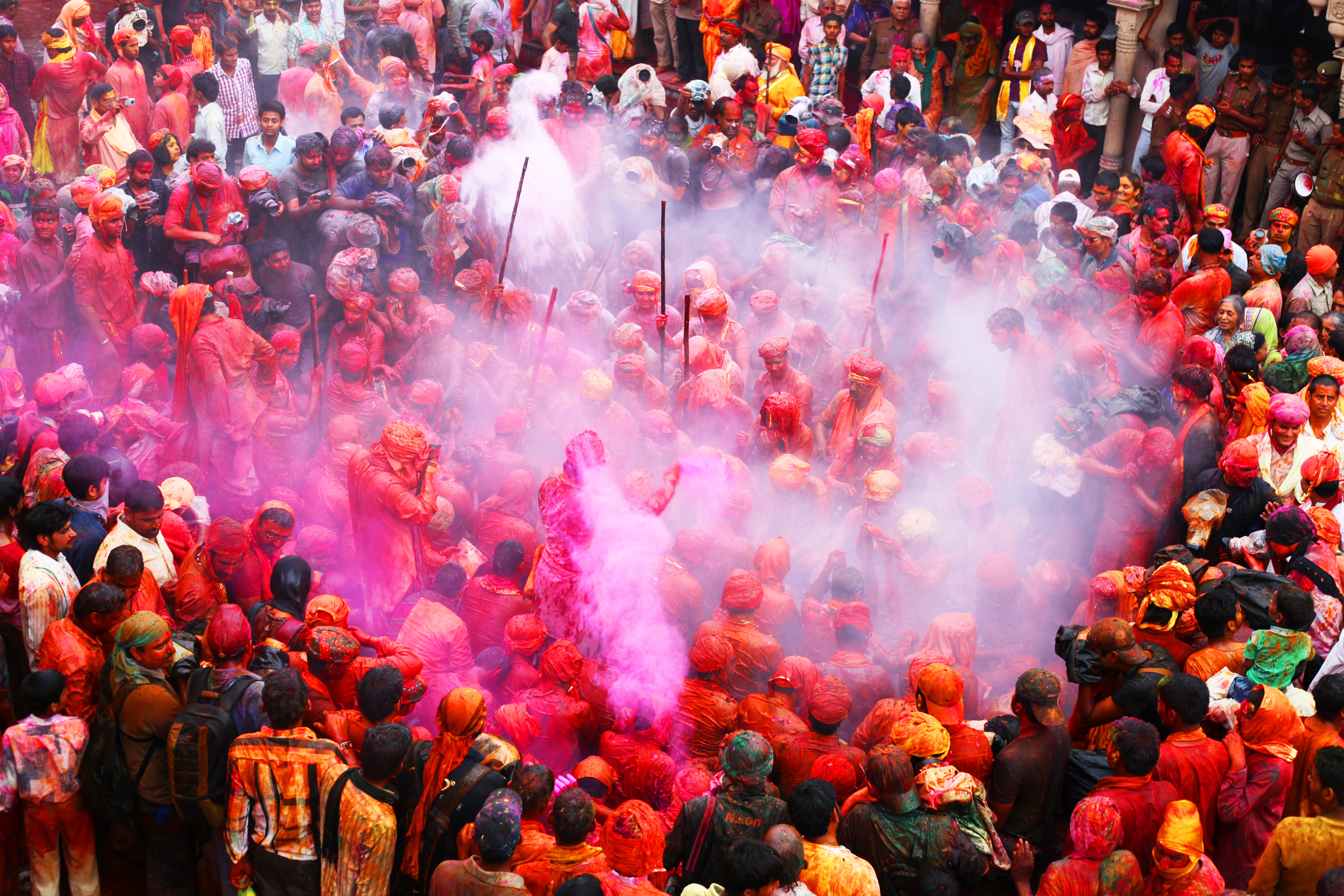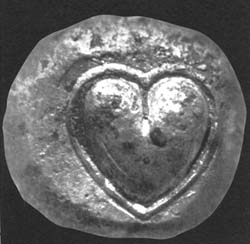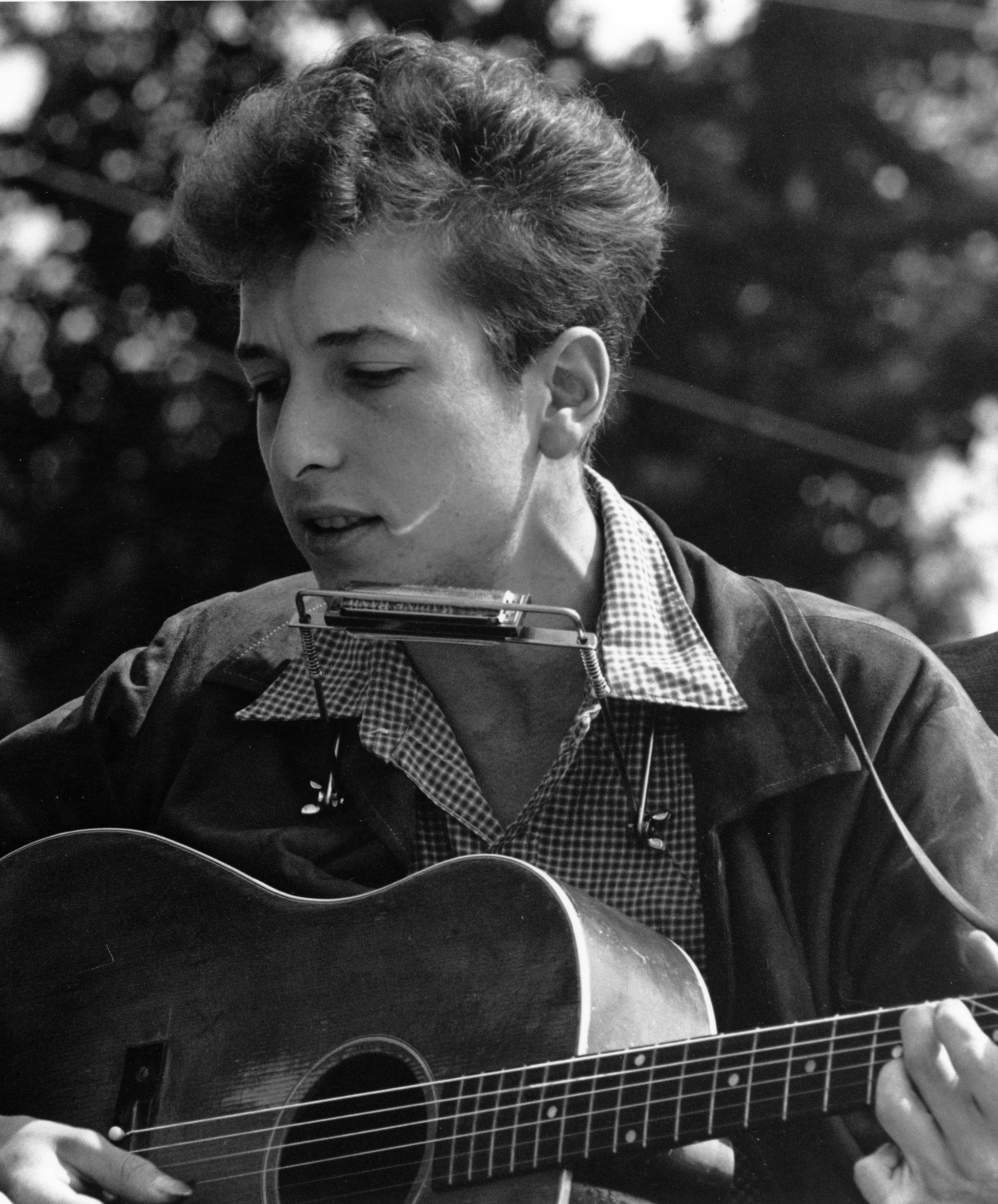
Valentine’s Day celebrates love in all its many wonderful forms and cultural traditions. But the greatest lover of record, according to DNA, might be Genghis Khan. According to DNA tracing, over 16 million people are related to the legendary Mogul emperor whose dynasty helped to renovate, repair, and advance China’s Grand Canal.
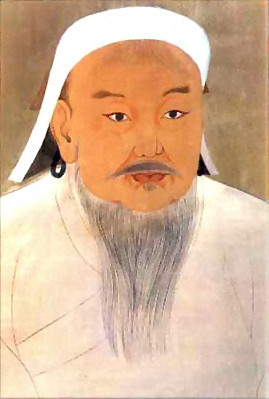
Kublai Khan, Genghis’ nephew, when he became emperor, directed grain be moved northward to the new capital the dynasty had established: Dadu. Khan commanded that 816,000 tons of grain annually, with the major share – 537,000 tones – coming from the south, be delivered to the new capital. But when the supply arrived from the Yangtze region by the canal, it still had to be transported 20 miles (32 kilometers) further to reach Dadu. To accomplish this task, draft animals were conscripted, leaving farmers without adequate help: agriculture suffered. Kublai Khan saw the problem and ordered the Grand Canal’s seventh section to be completed, straightening and improving the entire route during construction of the final leg. Once the water highway was complete, communications between and among all parts of the empire could reach the capital, as well as the grain. Some say the Grand Canal transformed a region into a nation. Today, we know Dadu as Beijing.
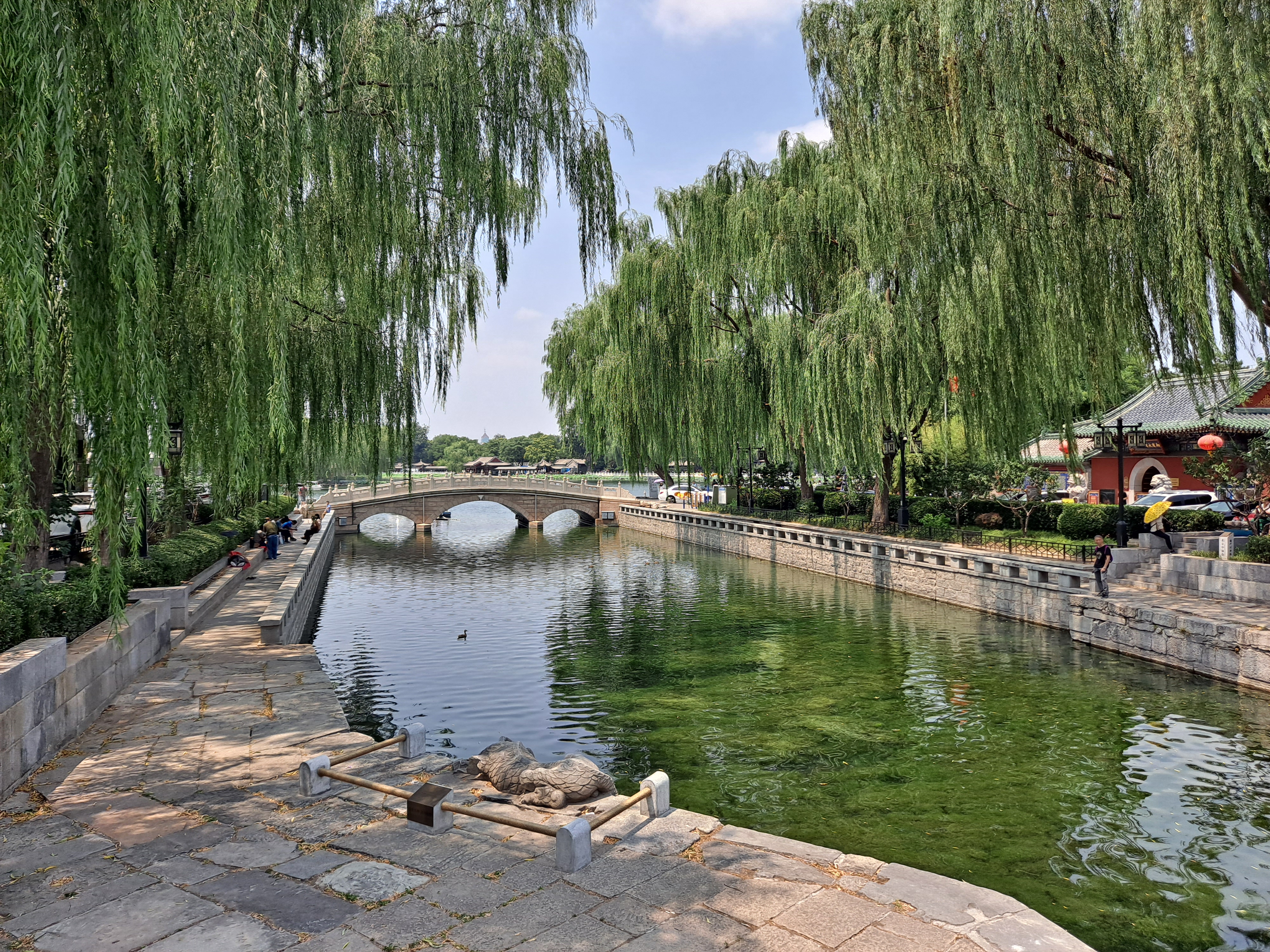
Kublai Khan’s uncle Genghis fathered five daughters and four sons with his primary wife Börte, and as many as 500 secondary spouses. Known as a master of conquest, Genghis Khan, 13h century warrior and ruler, left his mark on civilization, and with his DNA apparently well distributed, he may have personally caused a substantial increase in civilization. In 2003, evolutionary geneticist Professor Chris Tyler-Smith of Oxford University analyzed the DNA of males across 16 Asian ethnic populations. Many shared the same Y-chromosome array. Dating the pattern back, Tyler-Smith found the origin appears to be Genghis Khan who ruled at the time the particular DNA array first emerged and then proliferated. Today, if you are a male reading this post, you may be part of 0.5% of the world’s population descending from Genghis Khan, who was born in 1162, died in 1227, and very busy in between.

Dynasties are continuations – traditions and genetics. Kublai Khan, Genghis’ nephew, inspired the mysterious poem by Samuel Taylor Coleridge. It begins:
In Xanadu did Kubla Khan
A stately pleasure-dome decree:
Where Alph, the sacred river, ran
Through caverns measureless to man
Down to a sunless sea…
But oh! that deep romantic chasm which slanted
Down the green hill athwart a cedarn cover!
A savage place! as holy and enchanted
As e’er beneath a waning moon was haunted
By woman wailing for her demon-lover!
Davidson, Frank P. and K. Lusk Brooke, “The Grand Canal of China.” Building the World, Volume 1, Chapter 4, pages 35-46. Greenwood: 2006. ISBN: 0313333734
Mayell, Hillary. “Genghis Khan, a prolific lover, DNA shows.” 14 February 2017, National Geographic. https://www.nationalgeographic.com/culture/article/mongolia-genghis-khan-dna#:~:text=An%20international%20group%20of%20geneticists,16%20million%20descendants%20living%20today.
Building the World Blog by Kathleen Lusk Brooke and Zoe G. Quinn is licensed under a Creative Commons Attribution-NonCommercial-NoDerivs 3.0 U
